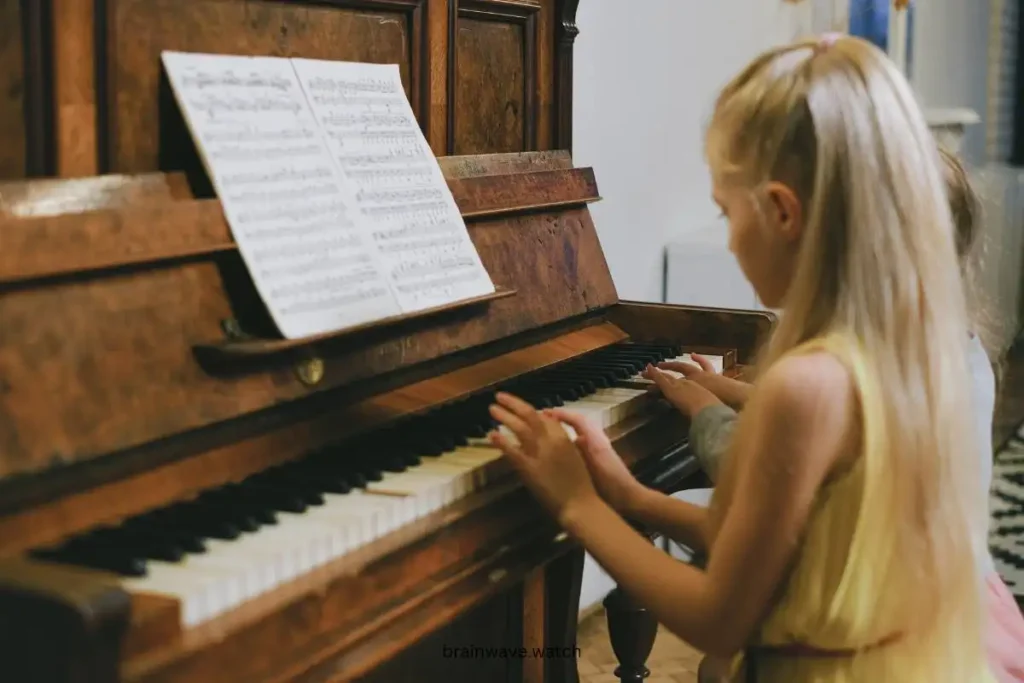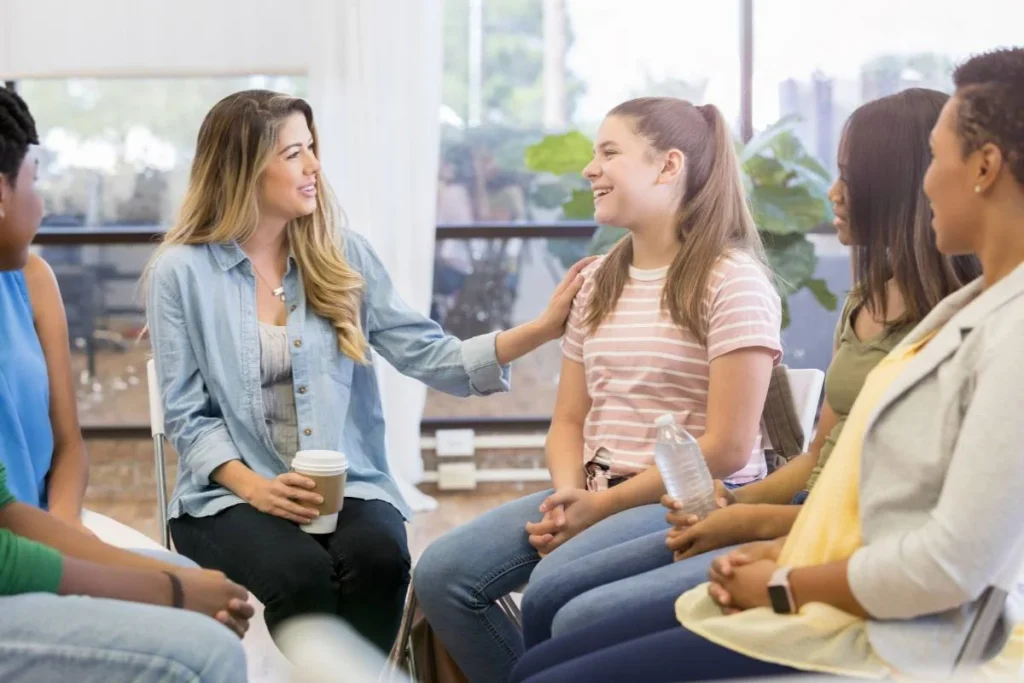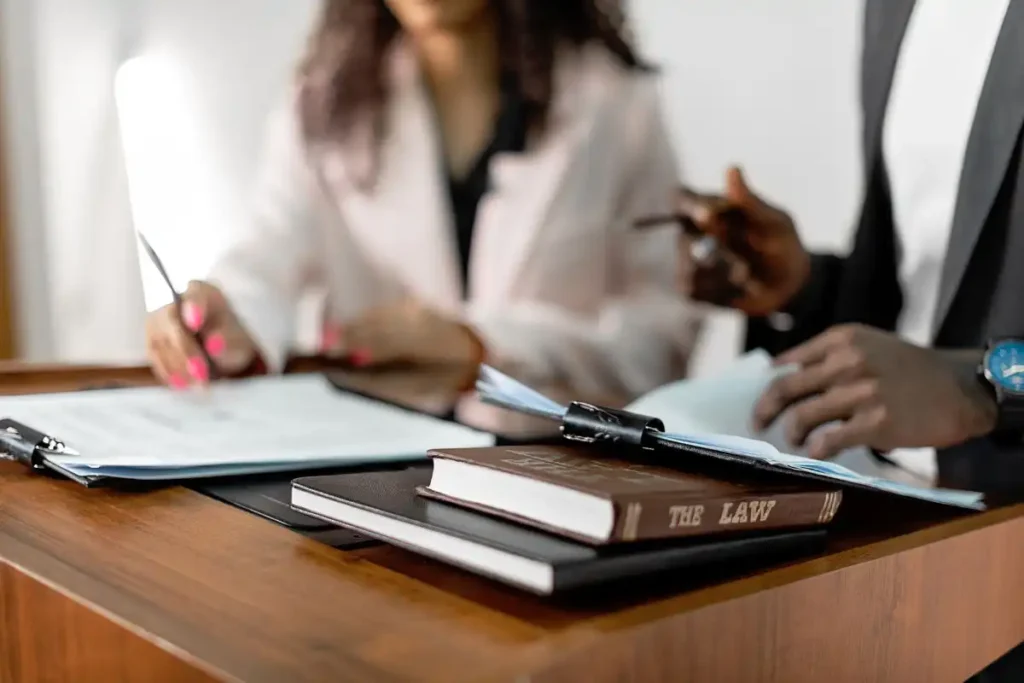Piano is a popular instrument used in music therapy for individuals with autism. Piano music therapy can help individuals with autism improve their cognitive skills, motor skills, and social skills. It can also help them develop their communication and sensory processing skills.
One of the benefits of piano music therapy is that it can help individuals with autism develop a sense of structure and routine. Piano music is predictable and structured, which can be comforting for individuals with autism who may struggle with change and unpredictability. Piano music therapy can also help individuals with autism develop their fine motor skills, which can be beneficial for tasks such as writing and typing.
Another benefit of piano music therapy is that it can help individuals with autism improve their social skills. Piano music therapy can be done in a group setting, which can help individuals with autism learn how to interact with others and develop their social skills. It can also help individuals with autism learn how to take turns and share, which are important social skills.
Music therapy is a well-established form of therapy that is effective in treating individuals with autism. It is a non-invasive, non-pharmacological approach that uses music to address a variety of issues, including communication, socialization, and behavior. Music therapy can be used in a variety of settings, including schools, hospitals, and community centers.
Piano Teaching Strategies for Autistic Students
Teaching piano to autistic students can be challenging, but it can also be a rewarding experience. With the right strategies, piano lessons can help autistic students improve their communication skills, develop their fine motor skills, and boost their self-esteem. In this section, we will discuss two key strategies for teaching piano to autistic students: adapting piano lessons for different learning styles and using visual and tactile aids in piano instruction.
Adapting Piano Lessons for Different Learning Styles
Autistic students have different learning styles, and it is essential to adapt piano lessons to meet their individual needs. Some students may learn best through visual aids, while others may learn best through hands-on activities. Teachers can use a variety of teaching methods, such as videos, pictures, and diagrams, to help students understand musical concepts. Teachers can also use repetition and routine to help students learn and remember new information.
Using Visual and Tactile Aids in Piano Instruction
Visual and tactile aids can be powerful tools for teaching piano to autistic students. Teachers can use visual aids such as color-coded keyboards, flashcards, and charts to help students learn musical notation and theory. Tactile aids such as textured keyboards, finger puppets, and hand-held percussion instruments can help students develop their fine motor skills and enhance their sensory experience.
Selecting Appropriate Piano Repertoire
When teaching piano to students with autism, selecting appropriate repertoire is key to keeping them engaged and motivated. The following criteria should be considered when choosing piano pieces for students with autism:
Criteria for Choosing Piano Pieces
- Simplicity – Pieces should be simple enough for the student to understand and play without difficulty. Simple pieces also help to build the student’s confidence and self-esteem.
- Repetition – Repetition is important for students with autism as it helps to reinforce learning. Pieces with repeated patterns or motifs are ideal.
- Structure – Pieces with clear structure and form are easier for students with autism to understand. Simple pieces with clear sections, such as ABA or AB form, are good choices.
- Rhythm – Pieces with a clear, steady rhythm are easier for students with autism to follow. Pieces with syncopation or irregular rhythms should be avoided.
- Melody – Pieces with clear, simple melodies are easier for students with autism to remember and play. Pieces with complex melodies or harmonies should be avoided.
Incorporating Student Preferences and Interests
In addition to the above criteria, it is also important to incorporate the student’s preferences and interests into the repertoire selection process. This helps to keep the student engaged and motivated. The teacher should take the time to get to know the students and find out what types of music they enjoy listening to. This can then be used as a starting point for selecting appropriate repertoire.
Engaging Autism Spectrum Disorder (ASD) Students
When teaching piano to students with Autism Spectrum Disorder (ASD), it is important to create a structured learning environment that helps them to focus and engage with the material. ASD learners often struggle with social communication, sensory processing, and repetitive behaviors, which can make it challenging for them to connect with teachers and peers in a traditional classroom setting. However, with the right approach, piano lessons can be an effective way to build skills and confidence in ASD students.
Building Rapport with ASD Learners
Building rapport with ASD learners is crucial to creating a positive learning environment. Teachers should take the time to get to know their students, understand their strengths and challenges, and develop a relationship of trust and respect. This can be achieved by:
- Using clear and concise language
- Using visual aids, such as pictures or diagrams, to help explain concepts
- Establishing routines and consistent expectations
- Providing positive reinforcement and encouragement
By building a strong rapport with ASD learners, teachers can help to create a safe and supportive learning environment that encourages engagement and participation.
Creating a Structured Learning Environment
Creating a structured learning environment is essential for ASD learners, as it helps to reduce anxiety and increase focus. Teachers should establish clear routines and expectations, and provide visual aids to help students understand what is expected of them. This can be achieved by:
- Using a visual schedule to show the order of activities
- Breaking down complex tasks into smaller, more manageable steps
- Providing clear instructions and modeling desired behaviors
- Using repetition and consistent reinforcement to reinforce learning
By creating a structured learning environment, teachers can help support the unique learning needs of ASD students and promote engagement and success in piano lessons.
Assessing Progress and Outcomes
Assessing progress and outcomes is an essential element of any therapy program for children with autism spectrum disorder (ASD). Piano therapy is no exception. Measuring musical growth and evaluating behavioral and emotional changes are two key aspects of assessing progress and outcomes in piano therapy for children with ASD.
Measuring Musical Growth
Measuring musical growth involves assessing the child’s progress in developing musical skills and knowledge. This can be done through various methods, such as:
- Tracking the child’s ability to read and play sheet music
- Monitoring the child’s ability to play songs by ear
- Observing the child’s ability to improvise and create their music
- Assessing the child’s understanding of musical concepts such as rhythm, melody, and harmony
Regular assessments can help the therapist tailor the piano therapy program to the child’s specific needs and abilities. It can also provide a sense of accomplishment and motivation for the child as they see their progress over time.
Evaluating Behavioral and Emotional Changes
Evaluating behavioral and emotional changes involves assessing the child’s progress in areas such as social interaction, communication, and emotional regulation. This can be done through various methods, such as:
- Observing the child’s behavior during piano lessons and other social situations
- Assessing the child’s ability to express themselves through music
- Monitoring the child’s emotional state before, during, and after piano therapy sessions
Regular assessments can help the therapist identify areas of improvement and adjust the therapy program accordingly. It can also provide valuable feedback for parents and caregivers, as they can observe changes in the child’s behavior and emotional state outside of the therapy setting.







